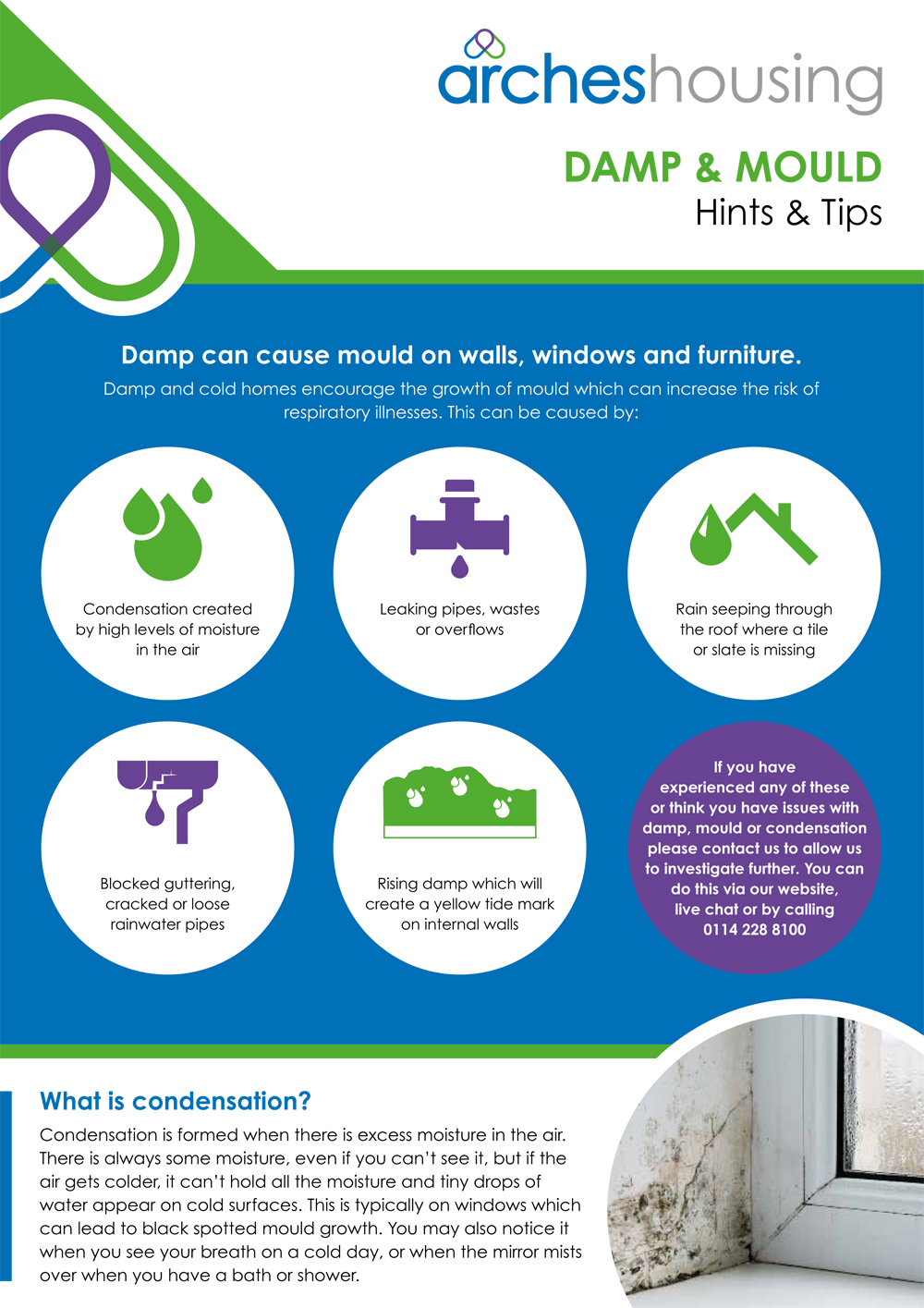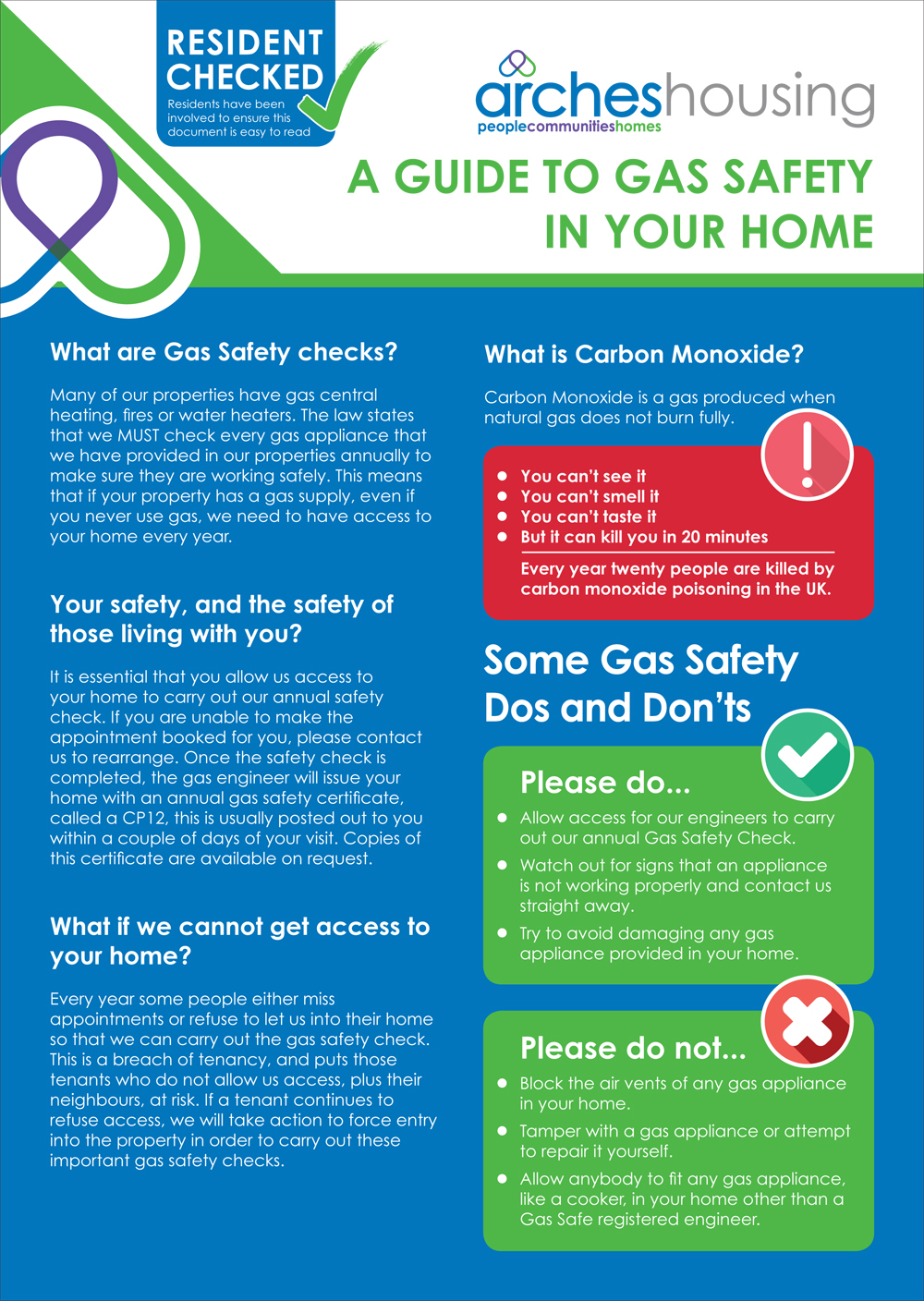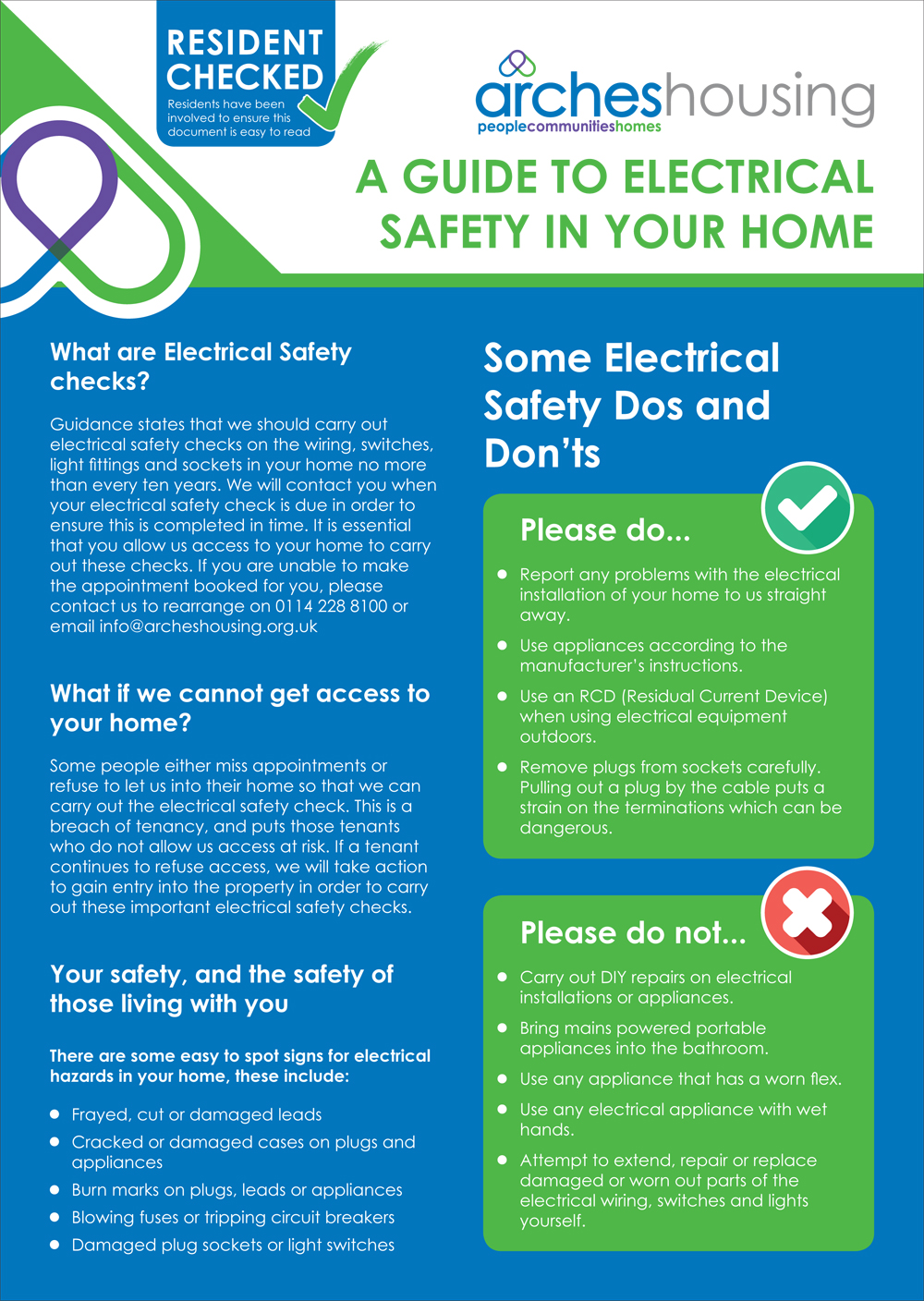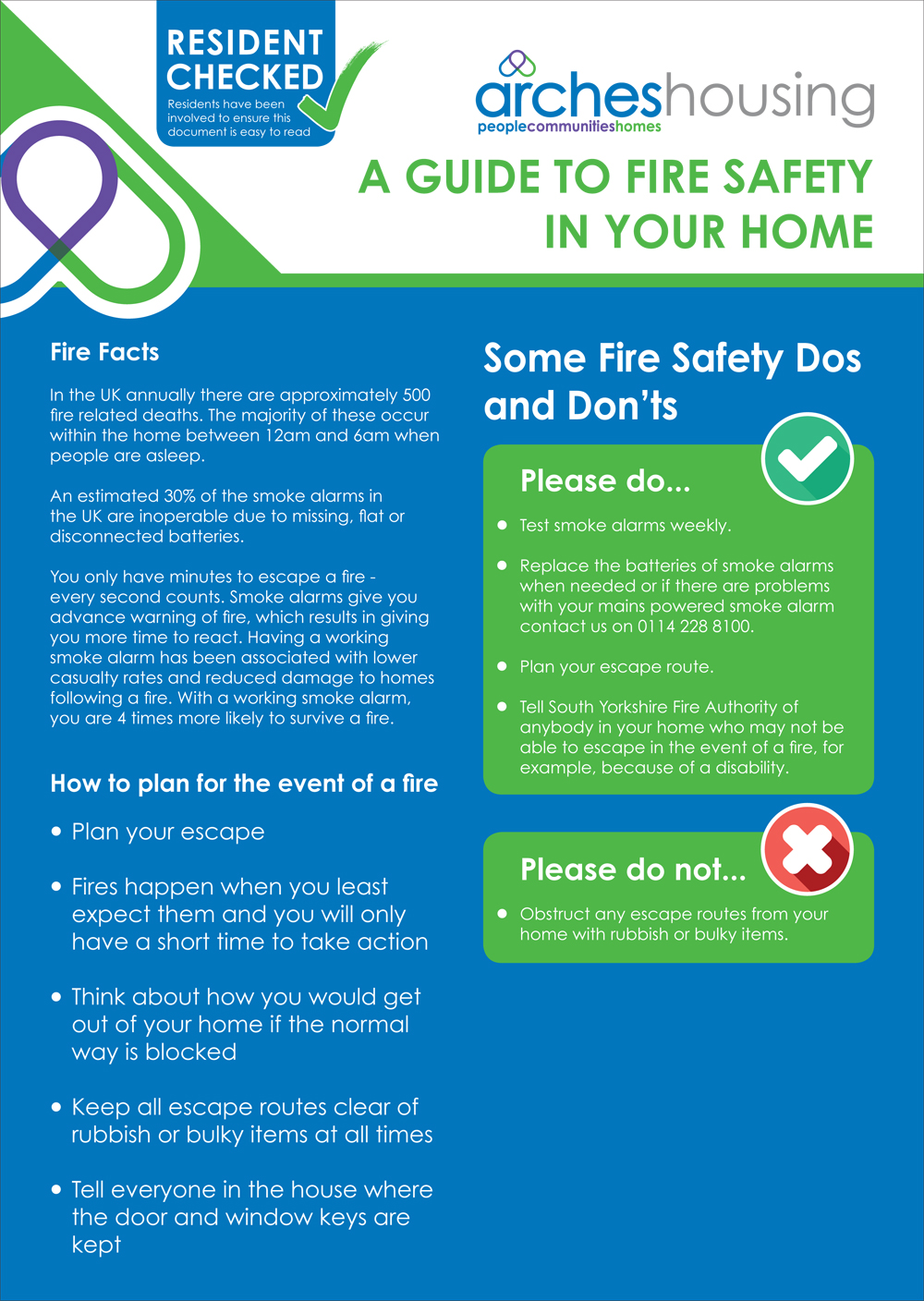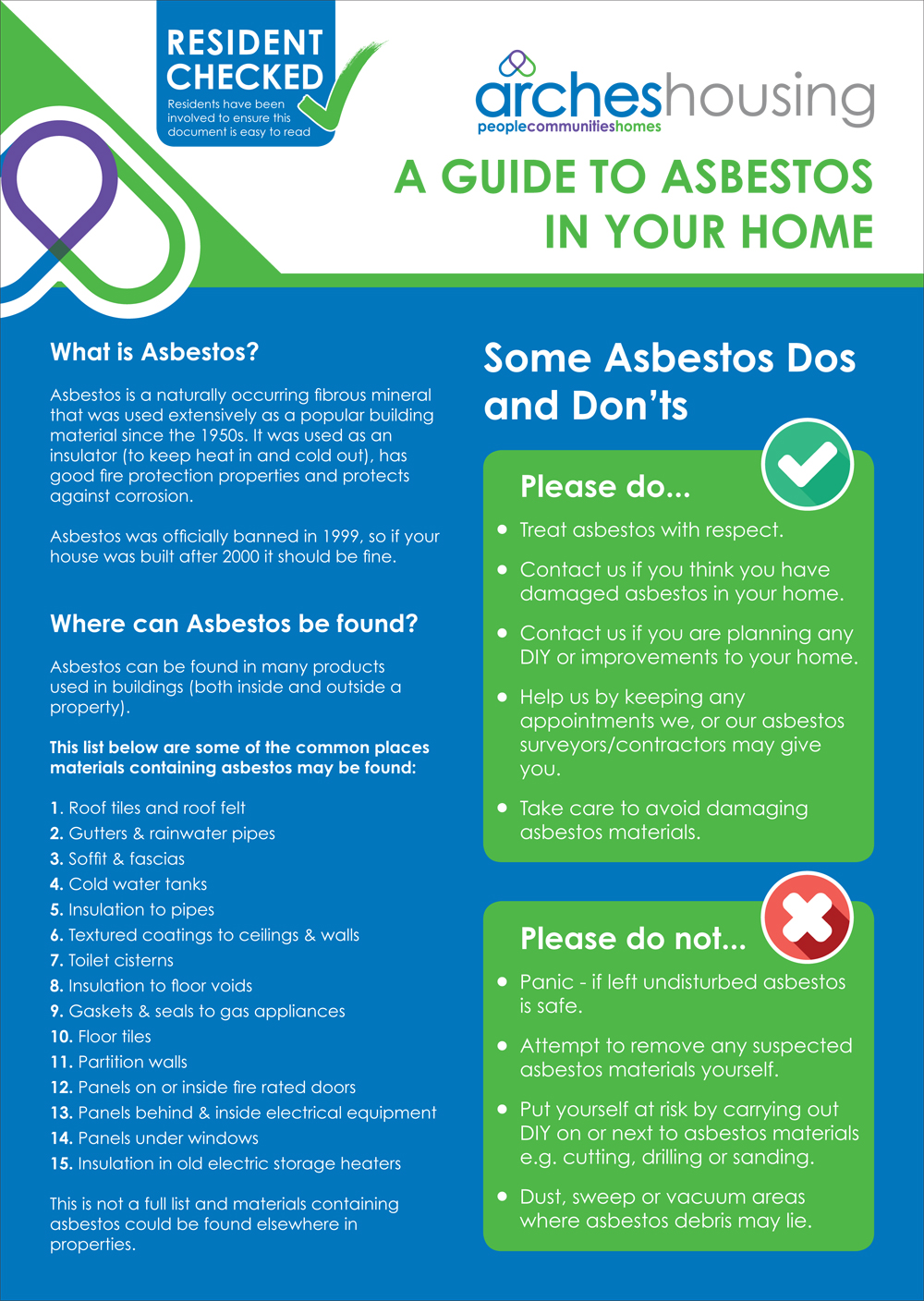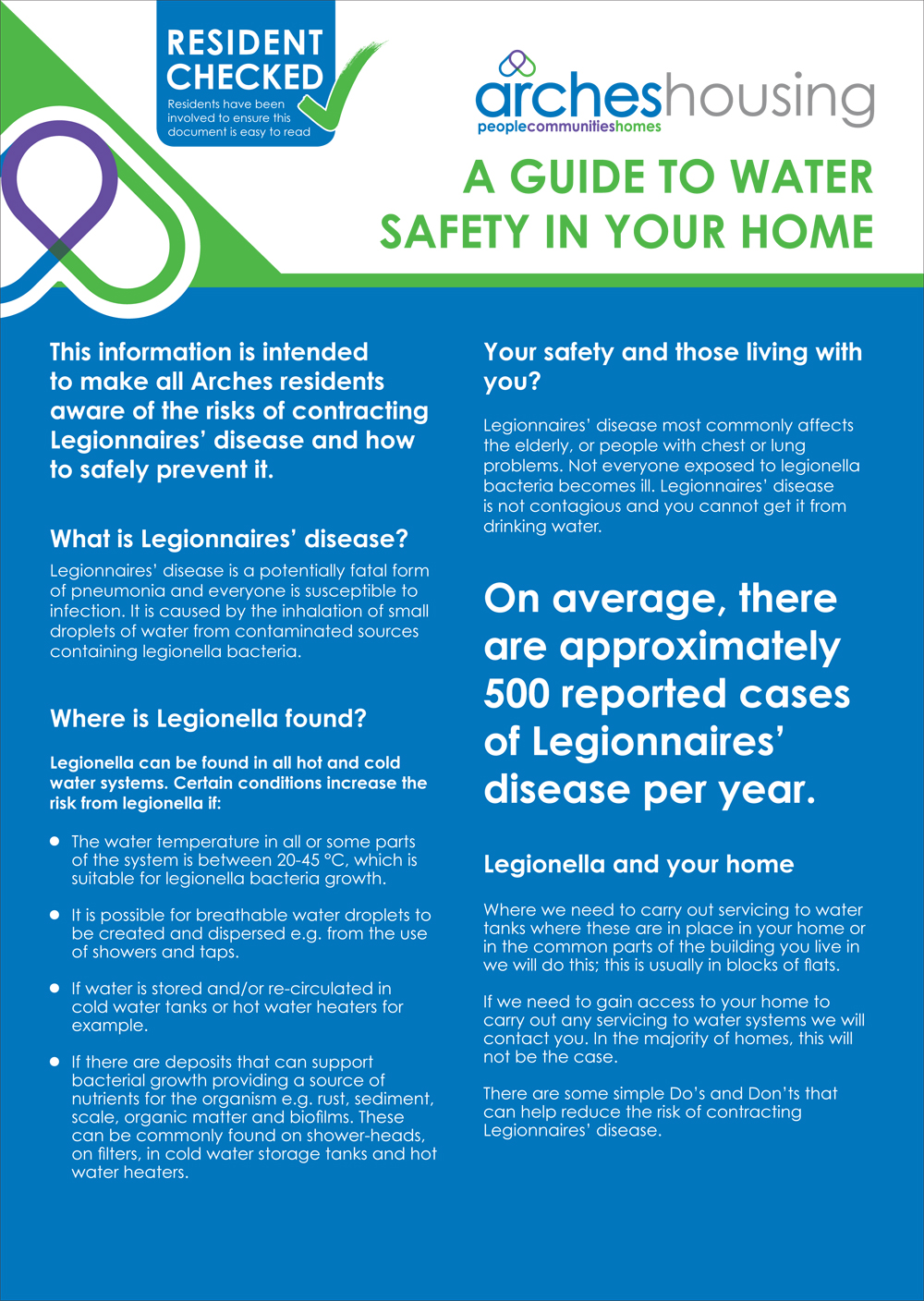Damp
Damp is caused by excess moisture in your home. The most common types of damp are rising damp, penetrating damp, damp caused by a leak and damp caused by condensation.
It can make your home feel cold and uncomfortable and it can cause structural damage if it's not dealt with.
Mould
Mould is a type of fungi caused by excess moisture in your home. It looks like a collection of little black spots and can often be found on windows or in the corners and edges of rooms.
Mould can grow in any home, so it's important to let us know if you spot mould in your home so we can help you.
Condensation
Condensation occurs when moisture in the air meets a cold surface like a window or wall. You may notice it when you are cooking or having a shower.
If surfaces are left wet, a build-up of condensation can occur which can lead to mould forming
Why is there damp and mould in my home?
Mould is usually caused by damp conditions like condensation that has been left on a surface for too long. Most homes have some condensation, like the droplets you see on windows in the morning or after a shower.
Some mould can be caused by damp from a leak, bad insulation or other factors, so look out for any wet or damp patches on your walls or floors.
While it’s quite common to find mould in your home, it can be harmful to your health if it isn’t removed, which is why it’s really important you report it to us.
Some things you can do to help
- To help reduce moisture, your home needs to be adequately heated. 18°C is the ideal temperature according to the World Health Organisation.
- Ventilate your home when you can. Things like opening windows or turning on the extractor fan when cooking can really help.
- If you’re drying your washing inside, make sure you open a window to give the extra moisture a place to escape.
- If you’ve got a tumble dryer, it needs venting to the outside (unless it’s a condenser dryer).
- Wipe away any signs of condensation build-up on windows or surfaces in your home before mould can develop.
Use this link to download our leaflet on Damp and Mould
